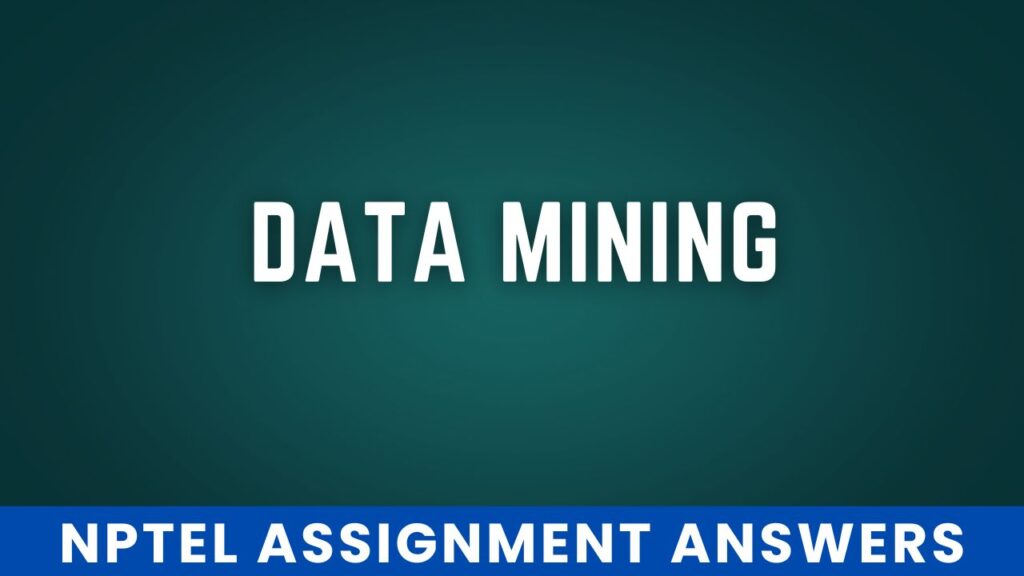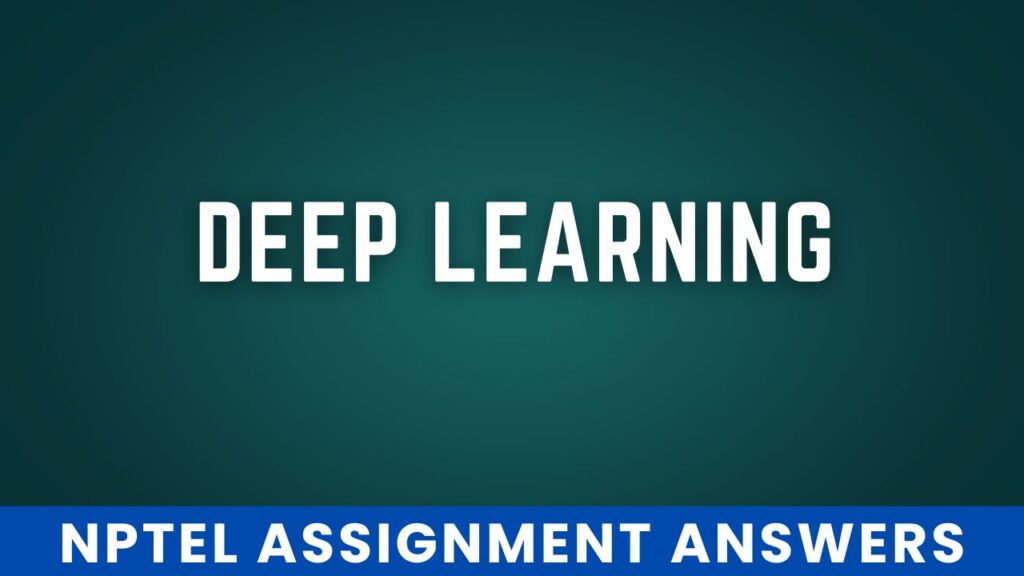NPTEL Computer Networks And Internet Protocol Week 3 Assignment Answers 2025
1. What kind of sequence number does TCP use?
a) byte-oriented sequence number
b) packet-oriented sequence number
c) Randomly generated fixed sequence numbers
d) none of them
Answer :- For Answers Click Here
2. Identify the FALSE statements) in the following-
I. The transport layer functionalities (e.g., connection establishment, flow control, error detection) operate at an abstract level using data structures, algorithms, and system calls
implemented in the OS kernel.
II. The operating system (OS) kerel does not play any role in supporting the transport layer
functionalities of the TCP/IP protocol stack.
a) Only (1)
b) Only (II)
c) Both (I) and (I)
d) Neither (I) nor (II)
Answer :-
3. Which of the following services is NOT supported by the transport layer?
a) End-to-end packet delivery
b) Ordered packet delivery
c) Reliable data delivery
d) Forwarding the datagram from one hop to another hop in the network
Answer :-
4. What can be a primary mechanism used to ensure the reliable data transfer in a stop-and-wait
algorithm (Noisy Channel)?
a) Employing only error detection and correction codes without requiring acknowledgements.
b) Increasing the timeout interval.
c) Using a sequence number to identify each packet uniquely and waiting for an
acknowledgement for each packet before sending the next packet.
d) Using a sliding window to send multiple packets without waiting for their acknowledgements.
Answer :-
5. A data of 40 bytes need to be delivered using TCP protocol but a sender can send a segment of
maximum size 12 bytes only. Identify the sequence number of the last segment formed if the sequence number field uses 5 bits only? [Assume sequence number starts from 0]
a) 1
b) 4
c) 12
d) 31
Answer :-
6. A sender uses a sliding window protocol with a window size of 5. The range of sequence numbers follows modulo 8 (the sequence number starts from 0 to 7). If the receiver acknowledges packet 1, what will be the sender’s new window range?
a) 1-5
b) 2-6
c) 3-7
d) 0-4
Answer :- For Answers Click Here
7. Determine whether the following information is True or False?
“During the three-way handshaking of connection establishment procedure (from Host 1 to Host 2). Delayed duplicate SYN can be handled by TCP at Host 2 simply by ignoring it, as the sequence
number is invalid
a) True
b) False
Answer :-
8. TCP instance uses a sliding window protocol in the noisy channel. A timeout occurs due to the loss of a segment (or the acknowledgement). Mark the RIGHT statement among the following-
a) In the case of Go-Back-N ARQ, if any segment of the sliding window is lost, all the segments
of the sliding window are retransmitted while in Selective Repeat ARQ, only the lost packets are selectively transmitted.
b) In the case of Go-Back-N ARQ, if any segment of the sliding window is lost, only the lost
packets of the sliding window are selectively retransmitted while in Selective Repeat ARQ. all packets of the sliding window are retransmitted.
c) In both cases, Go-Back-N ARQ and Selective Repeat ARQ, all packets of the sliding window
are retransmitted.
d) In the both cases. Go-Back-N ARQ and Selective Repeat ARQ. only lost packets of the sliding window are selectively retransmitted.
Answer :-
9. Consider a sender using the Go-Back-N ARQ protocol with a window size 5. The sequence number ranges from 0 to 7 (modulo 8). The sender initially transmits packets with the sequence numbers- 0, 1, 2, 3, and 4. During the transmission, packet 3 is lost in the network. The sender receives a cumulative ACK for the packet 2. The sender continues sending packet 5, 6, and 7 but the receiver denies accepting them due to the loss of packet 3.
Identify the range of packets that will be retransmitted by the sender after the timeout of packet 3?
a) 0, 1, 2, 3, and 4.
b) 2. 3,4,5, and 6.
c) 4. 5. 6. and 7.
d) 1, 2, 3, 4, and 5.
Answer :-
10. A client and a server establish a connection using TCP’s three-way handshake. The following details are given:
- Initial sequence number of the client: 100 and initial sequence number of the server: 300.
- RTT (Round Trip Time): 80ms.
- Each TCP segment carries 40 bytes of header information.
- The server sends a SYN-ACK segment, and the acknowledgement (ACK) segment from the client is delayed due to congestion, taking 100ms to reach the server.
How much time does it take to establish the connection under such a scenario?
a) 100ms
b) 280ms
c) 180ms
d) 260ms
Answer :- For Answers Click Here


